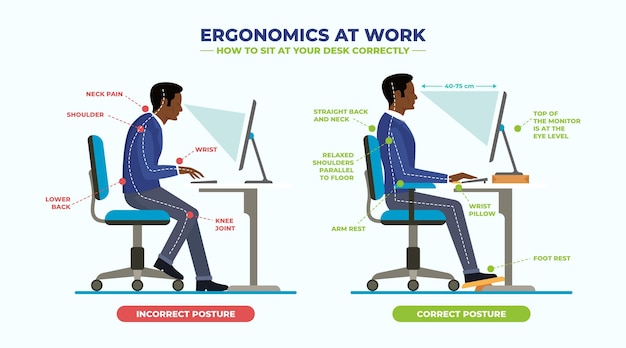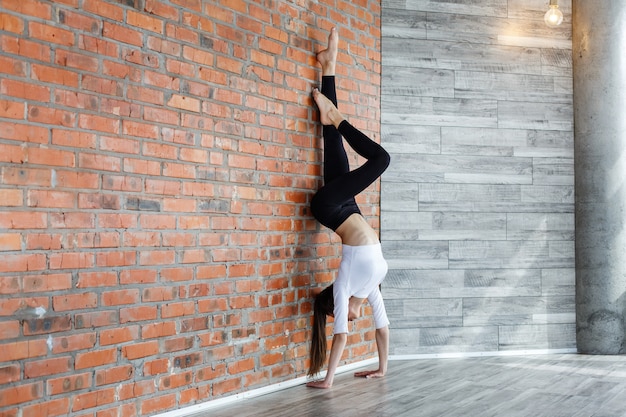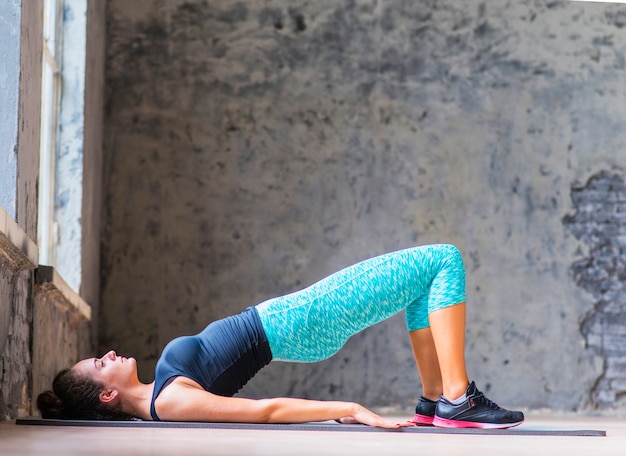The 45-Day Low-Impact Posture Fix: A Step-by-Step Plan with Progress Checks
Poor posture is more than just a cosmetic concern—it can lead to chronic pain, reduced mobility, and even impact your breathing and energy levels. The good news? With consistent, low-impact efforts, you can significantly improve your posture in just 45 days. This science-backed plan offers actionable daily steps, weekly focus areas, and clear progress checks to keep you on track—no gym required.
Why Posture Matters
Your posture reflects how you hold your body against gravity while sitting, standing, or moving. Over time, prolonged sitting, smartphone use, and sedentary lifestyles contribute to forward head posture, rounded shoulders, and a hunched back. These imbalances strain muscles, compress joints, and can lead to headaches, back pain, and fatigue.
The 45-day low-impact posture fix is designed to gently retrain your body’s alignment through mindful movement, stretching, and strengthening—ideal for beginners, older adults, or those recovering from injury.
How the 45-Day Plan Works
This plan is divided into three 15-day phases, each building on the last. Each phase includes:
- Daily 10–15 minute routines
- Focus on awareness, mobility, and strength
- Simple progress checks every 15 days

Phase 1: Awareness & Reset (Days 1–15)
The first phase focuses on body awareness and releasing tight muscles that pull you out of alignment.
Daily Routine
- Posture Check (2 min): Stand with your back against a wall. Heels, hips, shoulders, and head should lightly touch. Notice gaps—especially in the lower back or neck.
- Chin Tucks (3 sets of 10): Sit or stand tall. Gently tuck your chin straight back, creating a “double chin.” This counters forward head posture.
- Shoulder Blade Squeezes (3 sets of 12): Sit with arms at sides. Squeeze shoulder blades together, hold for 3 seconds, release.
- Doorway Stretch (1 min per side): Stand in a doorway, place forearms on frame, and lean forward to stretch chest and front shoulders.
- Seated Spinal Twists (1 min each side): Promotes spinal mobility and reduces stiffness.
Progress Check (Day 15)
- Can you stand against the wall with less lower back arch?
- Is your head more aligned over your shoulders?
- Do you notice yourself slouching less during the day?
Phase 2: Mobility & Activation (Days 16–30)
Now that you’re more aware of your posture, this phase strengthens weak muscles and improves joint mobility.
Daily Routine
- Wall Angels (3 sets of 10): Stand with back to wall, arms in goalpost position. Slide arms up and down without losing contact with the wall.
- Glute Bridges (3 sets of 12): Lie on your back, knees bent. Lift hips while squeezing glutes. Supports pelvic alignment.
- Thoracic Spine Rotations (1 min per side): On hands and knees, rotate one arm upward, opening the chest. Improves mid-back mobility.
- Scapular Push-Ups (3 sets of 8): In plank or on knees, protract and retract shoulder blades without bending elbows.
- Deep Breathing (2 min): Lie on back, hands on belly. Inhale deeply through nose, expand diaphragm. Encourages upright posture.

Progress Check (Day 30)
- Can you perform wall angels with full range of motion?
- Do your shoulders feel more relaxed and retracted?
- Is your breathing deeper and more effortless?
Phase 3: Integration & Habit Building (Days 31–45)
The final phase integrates posture corrections into daily life and reinforces long-term habits.
Daily Routine
- Standing Posture Reset (2 min): Every hour, stand tall: feet hip-width, spine neutral, shoulders back, chin level.
- Dead Bugs (3 sets of 10 per side): Lie on back, arms toward ceiling, knees bent 90°. Slowly extend opposite arm and leg. Builds core stability.
- Child’s Pose with Reach (1 min): Stretches spine and shoulders while promoting mindfulness.
- Walking with Intention (10 min): Walk slowly, focusing on heel-to-toe motion, upright torso, and relaxed shoulders.
- Nighttime Stretch Routine (5 min): Gentle stretches for neck, chest, hips, and back to release daily tension.
Progress Check (Day 45)
- Can you maintain good posture during prolonged sitting or walking?
- Do others notice you stand or sit taller?
- Have you reduced neck or back discomfort?
- Are posture corrections becoming automatic?
Tips for Success
- Set phone reminders to check posture hourly.
- Use ergonomic supports like lumbar rolls or standing desks.
- Stay consistent—even on busy days, do a 5-minute version.
- Track progress with weekly selfies or journal notes.
Final Thoughts
Improving posture doesn’t require extreme workouts or expensive equipment. With just 10–15 minutes a day over 45 days, you can reset your body’s alignment, reduce pain, and move with greater confidence. The key is consistency, awareness, and celebrating small wins. Start today—your spine will thank you.

















